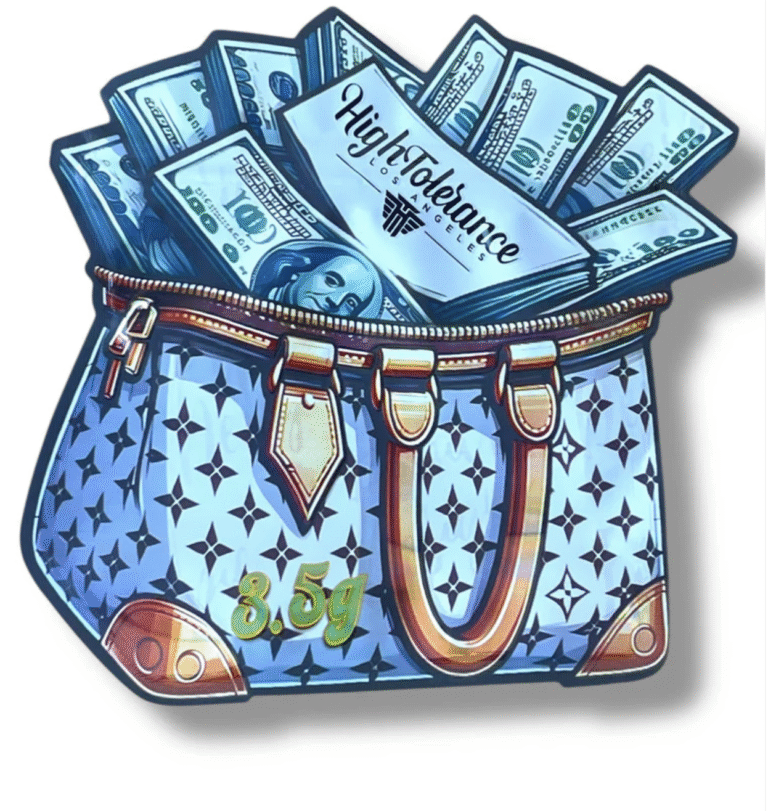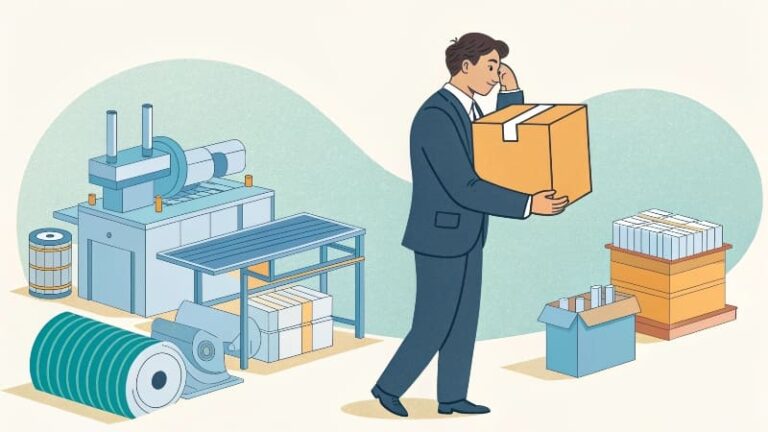Title:
Cannabis Mylar Bags: Innovations, Compliance, and Trends in Plastic Packaging Solutions
Introduction
The legalized cannabis market is experiencing steady global growth, with industry revenue projected to reach $60 billion by 2027 (Grand View Research, 2023). This rapid expansion brings renewed scrutiny and opportunity to cannabis packaging—especially the role of mylar bags. Renowned for their barrier properties, customizable branding opportunities, and adaptability to evolving regulations, mylar bags have emerged as a staple in the cannabis supply chain. In this blog, we dive into the state of cannabis mylar bag packaging, examine compliance challenges, discuss design innovation, and forecast future trends shaping this critical packaging segment.
1. What Are Mylar Bags and Why Are They Preferred for Cannabis?
Mylar bags, made from biaxially oriented polyethylene terephthalate (boPET), are plastic packaging pouches celebrated for their exceptional moisture, oxygen, and light barrier properties. These characteristics make them ideal for protecting the sensitive cannabinoids and terpenes in cannabis products—preserving potency, freshness, and aroma.
Key Attributes:
- Barrier Protection: Blocks UV light, oxygen, and moisture, extending shelf life.
- Customizability: Offers high-quality printing for branding and compliance information.
- Portability and Flexibility: Lightweight, resealable formats for various cannabis products (flower, edibles, concentrates).
A recent survey by Packaging Strategies (2023) found that nearly 65% of North American cannabis brands use mylar-style pouches as their primary flexible packaging due to cost, compliance, and graphics versatility.
2. Regulatory Landscape: Navigating Complexity Across Markets
One of the most significant challenges cannabis companies face is the mosaic of packaging regulations, which vary dramatically between jurisdictions.
Key Compliance Factors:
- Child-Resistant Features: Required in most markets, including the U.S. (per ASTM D3475 and CPSC standards) and Canada.
- Opaque Materials: Preventing product visibility where required (e.g., in the U.S., many states mandate non-transparent pouches).
- Tamper Evident Seals: Ensuring product integrity.
- Labeling Requirements: Space for ingredient lists, potency, health warnings, batch numbers, and regulatory logos.
Case in point: California’s 2021 cannabis packaging update mandates both child resistance and tamper evidence “at the point of sale,” driving innovation in resealable zipper technologies for mylar bags.
3. Design Innovations and Sustainability Initiatives
Packaging design is a powerful differentiator in the crowded cannabis market. Leading brands invest in mylar bags that balance eye-catching visuals with compliance, while also addressing the sector’s growing sustainability concerns.
Emerging Trends:
- Sustainable Mylar: Use of PCR (Post-Consumer Recycled) materials or partially compostable substrates; companies like SANA Packaging have launched recyclable mylar alternatives.
- Smart Packaging: QR codes printed on bags for authentication, batch tracking, or interactive education.
- Minimalism & Matte Finishes: Sophisticated graphics and tactile finishes to appeal to a maturing consumer base.
Consumer research by New Frontier Data (Q4 2023) indicates that 42% of cannabis buyers rate sustainability of packaging as “important” or “very important” in purchase decisions—a clear signal for brands to invest in greener mylar solutions.
4. International Perspectives: Global Best Practices
Unlike North America, emerging legal markets in Europe and LATAM often take cues from pharmaceutical and food packaging standards, focusing on tamper-evidence, multi-language printing, and supply chain traceability. European brands, constrained by stricter environmental directives, are piloting mono-material mylar bags for improved recyclability.
Notably, China—one of the world’s largest producers of flexible plastic packaging—has seen a surge in OEM/ODM cannabis pouch manufacturing, reinforcing the need for international brands to audit supply chains for quality, compliance, and ethical sourcing.
Conclusion: The Future of Cannabis Mylar Bag Packaging
Cannabis mylar bags are at the cutting edge of balancing regulatory compliance, branding, and sustainability imperatives. As the market matures, expect rapid adoption of greener materials, digital integration for transparency, and further standardization of safety features worldwide. For cannabis brands, staying ahead means not only selecting reliable packaging partners but also embracing innovation in both function and design.
Action Points for Industry Stakeholders:
- Regularly audit packaging against the latest regional compliance updates.
- Explore sustainable mylar options to future-proof your brand.
- Invest in design that communicates quality and responsibility.
Sources:
- Grand View Research (2023), Cannabis Packaging Market Report
- Packaging Strategies (2023), Flexible Packaging in Cannabis
- New Frontier Data (2023), Cannabis Consumer Trends
- ASTM International & CPSC, Child-Resistant Packaging Standards
For more insights into cannabis packaging trends or a comparative analysis of global best practices, subscribe to our newsletter or contact our team for customized guidance.
If you require further customization or a focus on a specific market segment (e.g., child-resistant designs, sustainability deep-dive, or legal market comparison), please specify!




